This pasta and peas has been our go-to weeknight dinner for the past two years. What started as a way to use up leftover peas has turned into one of our most requested family meals. Tender Pasta And Peas mixed with sweet peas and simple Italian flavors makes something that feels fancy but takes less than 30 minutes to put together.
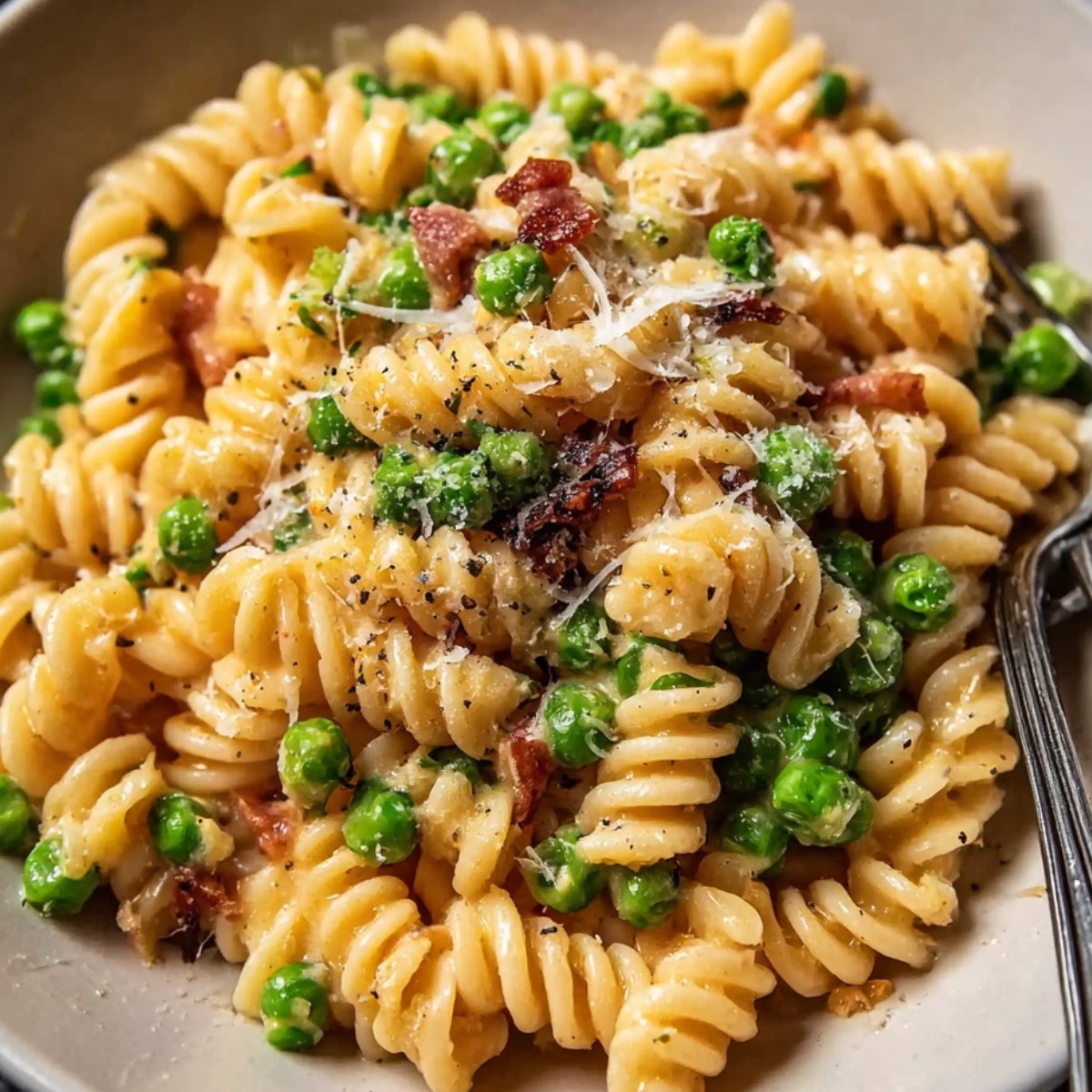
Why You'll Love This Pasta and Peas Recipe
This recipe works so well because it's one of those meals you can make when there's nothing else in the house. You probably have pasta sitting around, and frozen peas work just as well as fresh ones. Takes one pot, maybe 20 minutes total, and fills everyone up without spending much money. Even picky eaters like it because the flavors are simple and not weird.
The other thing is how it tastes way better than the effort you put in. The peas get soft and creamy when they cook with the pasta water, and throwing good cheese on top makes it feel like something from a restaurant. It's comfort food that doesn't make you feel stuffed afterward, and you can eat it hot or save it cold for lunch the next day.
Jump to:
- Why You'll Love This Pasta and Peas Recipe
- Essential Ingredients for Pasta and Peas
- How To Make Pasta and Peas Step By Step
- Smart Swaps for Pasta and Peas
- Creative Twists on Pasta and Peas
- Equipment For Pasta and Peas
- Storing Your Pasta and Peas
- Why This Pasta And Peas Recipe Works
- Top Tip
- The Pasta And Peas Recipe My Grandma Wouldn't Let Me Forget
- FAQ
- Related
- Pairing
- Pasta And Peas
- To do:
Essential Ingredients for Pasta and Peas
Main Stuff:
- Pasta (any short shape like shells or penne)
- Frozen or fresh peas
- Olive oil
- Garlic cloves
- Onion
- Parmesan cheese
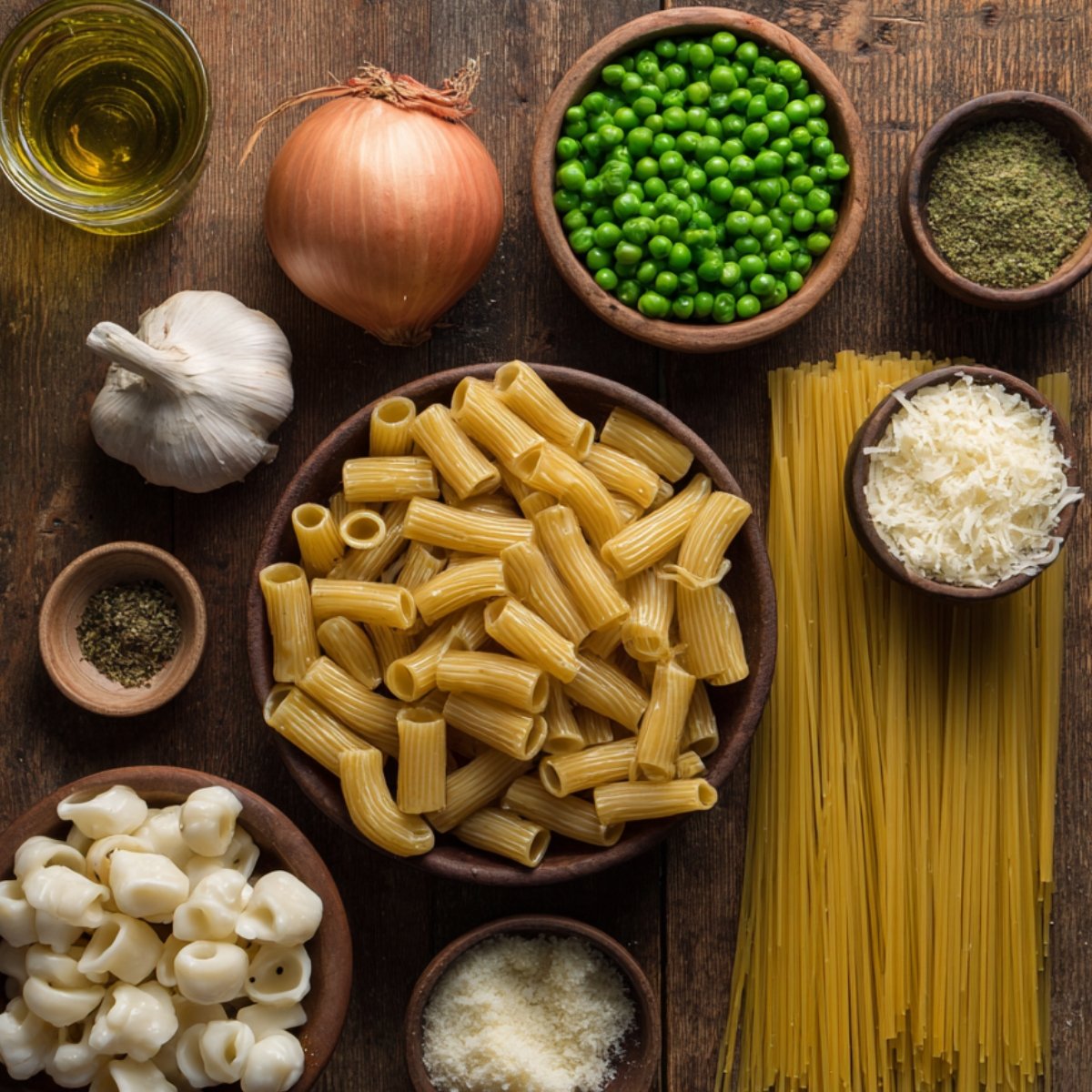
For Flavor:
- Salt and black pepper
- Fresh parsley or basil
- Chicken or vegetable broth
- Red pepper flakes if you want some kick
Basic Tools:
- Sharp knife
- Big pot for pasta
- Large skillet or use the same pot
- Colander for draining
- Cheese grater
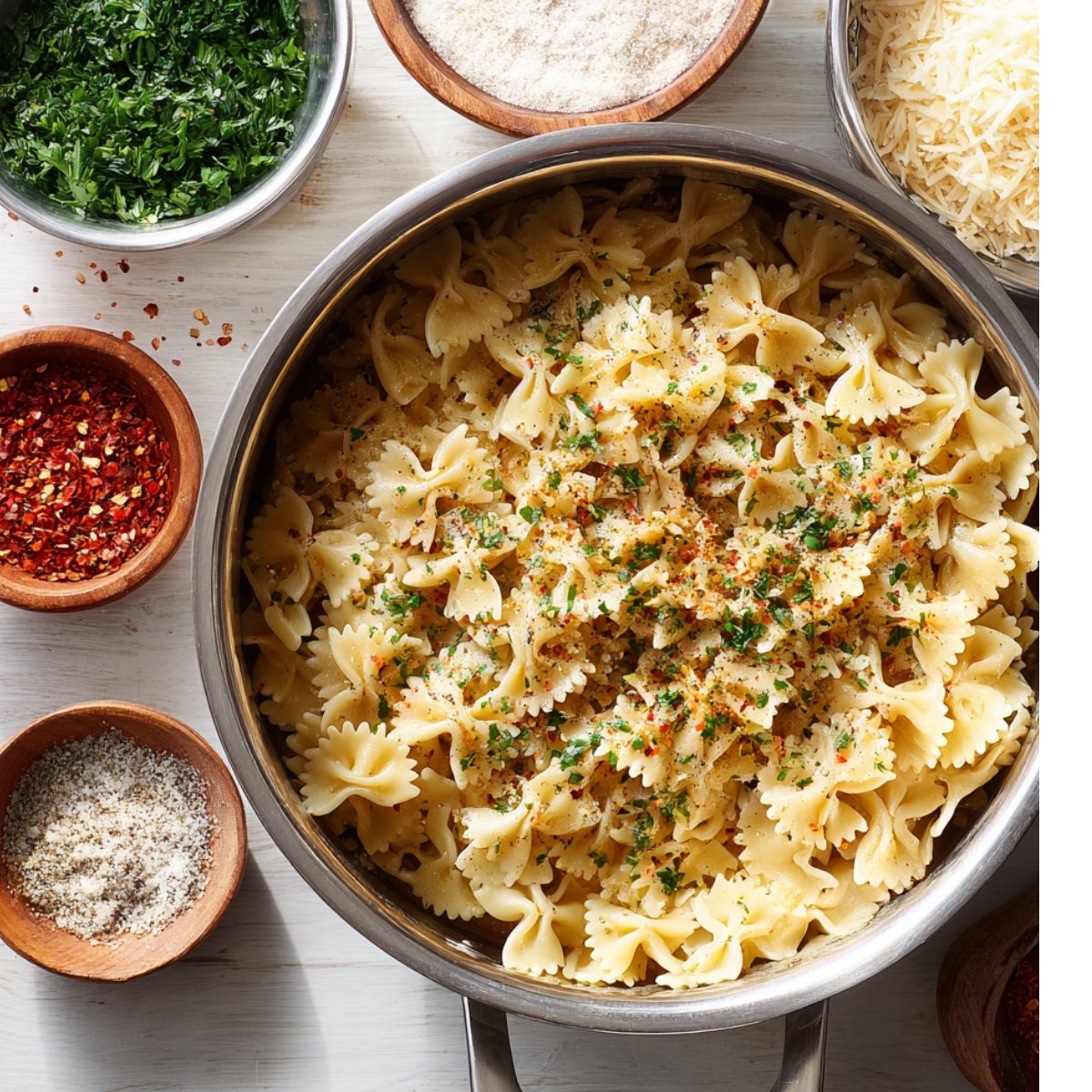
How To Make Pasta and Peas Step By Step
Cook the Pasta:
- Boil salted water in a big pot
- Add pasta and cook until almost done (1-2 minutes less than the box says)
- Save a cup of the pasta water before draining
- Don't rinse the pasta

Start the Base:
- Heat olive oil in the same pot or a big skillet
- Cook diced onion until soft (about 5 minutes)
- Add garlic and cook for 30 seconds
- Don't let the garlic burn or it tastes nasty
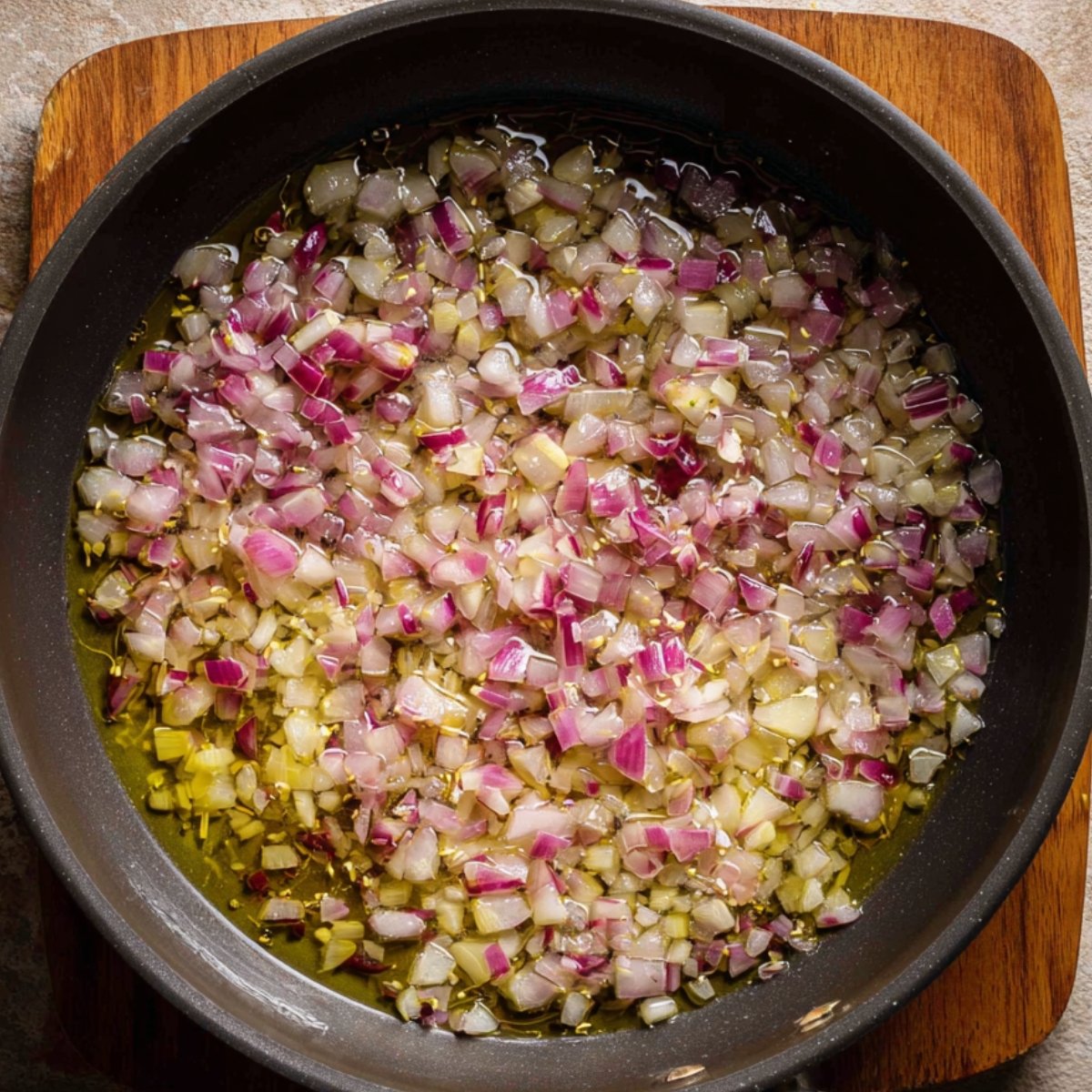
Put It Together:
- Add the peas to the onion and garlic
- Pour in some of that pasta water
- Add the drained pasta back to the pot
- Toss everything together for 2-3 minutes
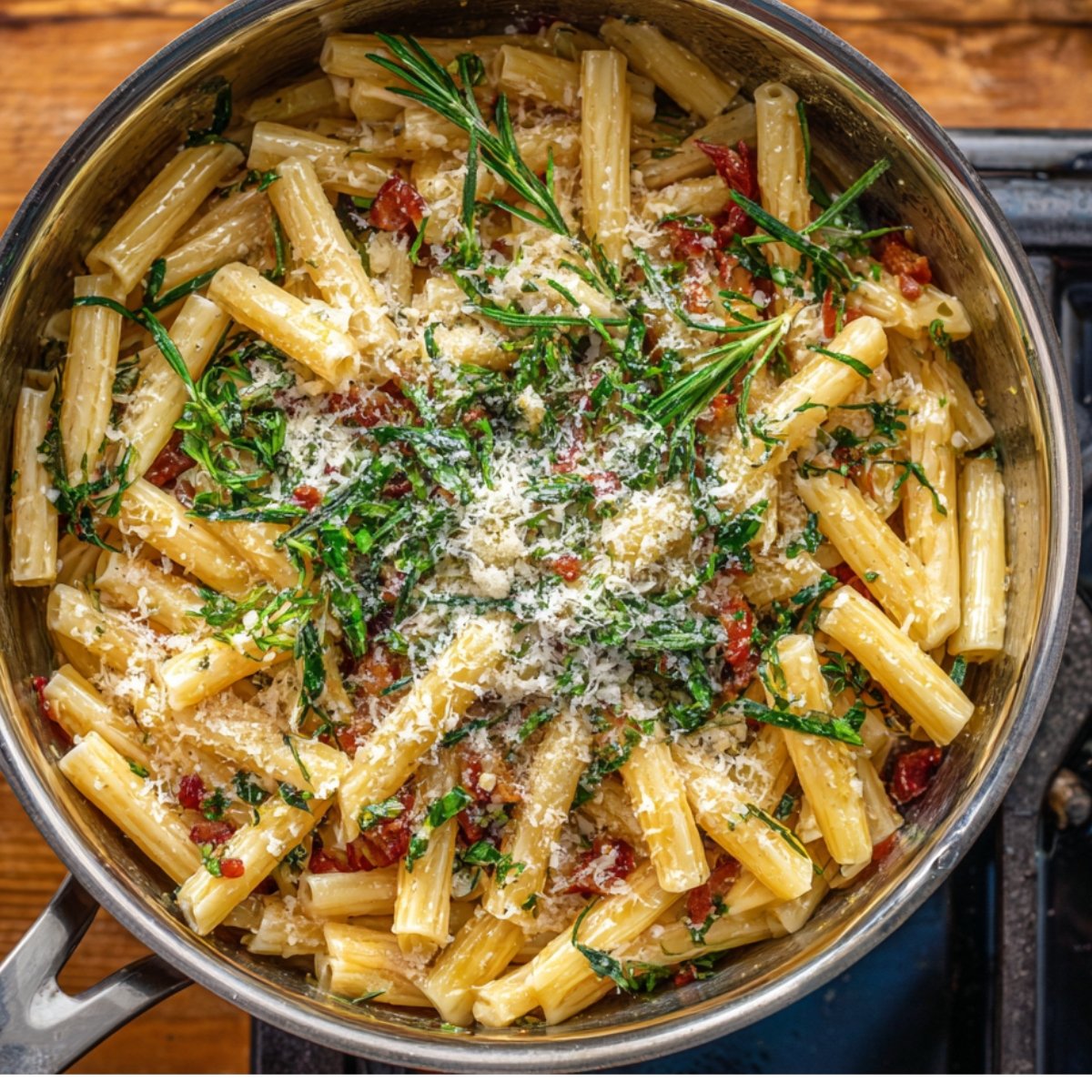
Finish:
- Add more pasta water if it looks dry
- Turn off heat
- Add grated Parmesan and fresh herbs
- Toss until cheese melts
See recipe card for quantities.
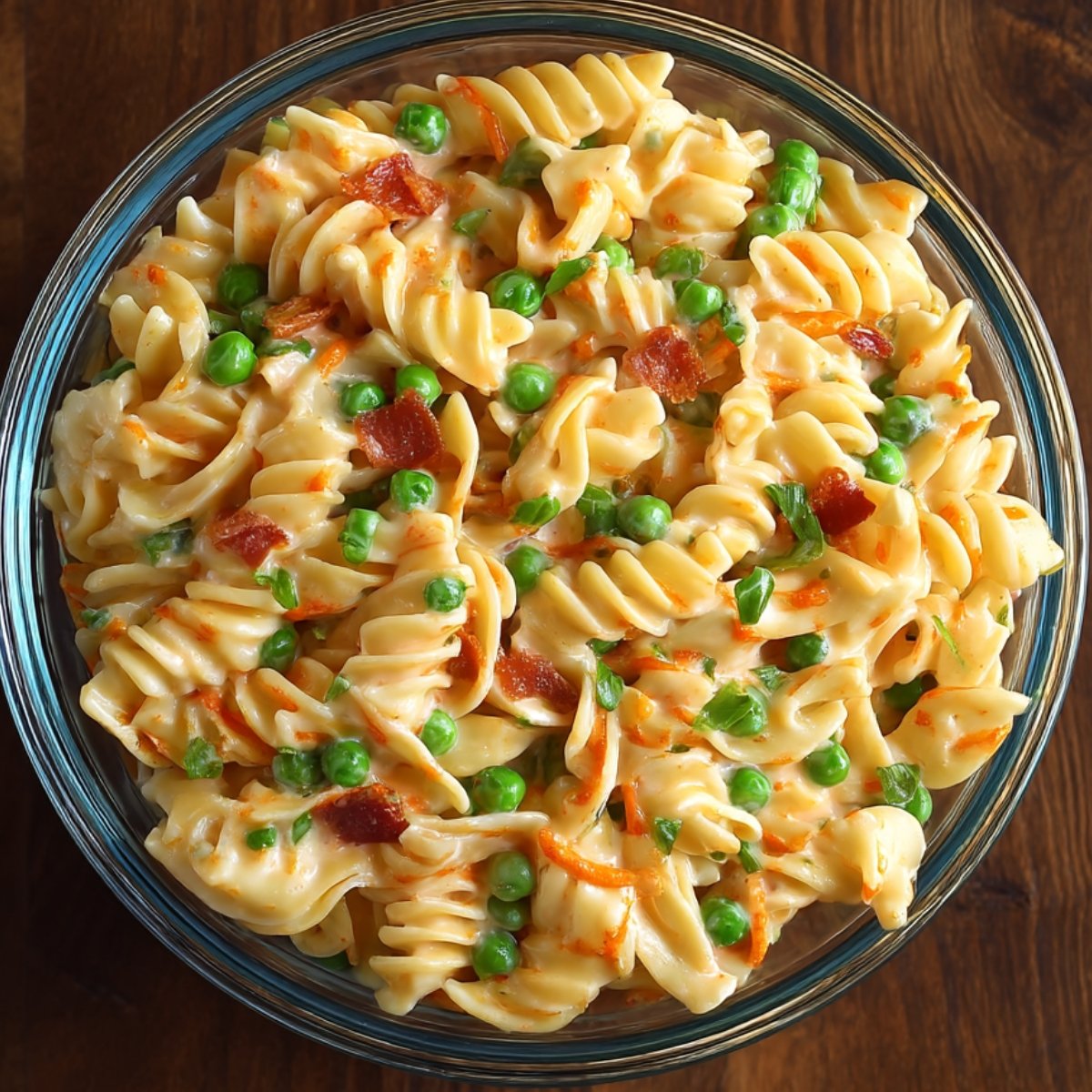
Smart Swaps for Pasta and Peas
Pasta Options:
- Shells → Penne, rigatoni, or whatever you have
- Regular → Whole wheat pasta
- White pasta → Gluten-free (add extra pasta water)
Pea Changes:
- Frozen → Fresh peas (cook them longer)
- Green peas → Sugar snap peas (cut them up first)
- Plain peas → Peas and carrots mix
Cheese Swaps:
- Parmesan → Pecorino Romano (saltier)
- Fresh grated → Pre-shredded (not as good but works)
- Hard cheese → Ricotta for creamier texture
Oil and Fat:
- Plain → Add a little cream at the end
- Olive oil → Butter for richer flavor
- Regular → Good olive oil if you have it
Creative Twists on Pasta and Peas
Bacon Version:
- Cook bacon pieces first
- Use the bacon fat instead of olive oil
- Add bacon back at the end
- Skip the herbs and just use black pepper
Creamy Style:
- Add a splash of heavy cream
- Mix in some cream cheese
- Use butter instead of olive oil
- Finish with extra Parmesan
Italian Garden:
- Add diced tomatoes with the peas
- Use fresh basil instead of parsley
- Throw in some pine nuts
- Finish with good olive oil
Lemon Fresh:
- Top with ricotta cheese
- Add lemon zest with the garlic
- Squeeze fresh lemon juice at the end
- Use mint instead of parsley
Equipment For Pasta and Peas
- Large pot for boiling pasta
- Big skillet or use the same pot
- Colander for draining
- Sharp knife for chopping
- Cheese grater
Storing Your Pasta and Peas
In the Fridge (2-3 Days):
- Store in a covered container
- It gets thick when cold, so add a splash of water or broth when reheating
- Microwave works fine, just stir it halfway through
- Tastes good cold too, like a pasta salad
Reheating Tips:
- Add a little pasta water or broth to loosen it up
- Heat on medium so it doesn't stick to the pan
- Stir in fresh cheese and herbs if you have them
- Don't overcook or the peas turn to mush
Make-Ahead:
- Cook the pasta ahead and store separately
- Make the pea mixture and keep in fridge
- Combine and reheat when ready to eat
- Add fresh cheese when serving
Don't Freeze:
- Just make it fresh when you want it
- Peas get mushy and gross
- Pasta texture gets weird
Nice to Have:
- Wooden spoon for stirring
- Measuring cups
- Large serving bowl
- Ladle for pasta water
Why This Pasta And Peas Recipe Works
This pasta and peas works because it follows the basic rules of good Italian cooking - use a few simple ingredients and don't mess with them too much. The peas break down just enough when they cook with the pasta to create a light sauce that coats everything, but they don't turn to mush if you time it right. The starchy pasta water binds everything together without needing cream or butter, so you get that silky texture from just the natural starches.
The other reason it tastes so good is the timing. Adding the peas at the right moment means they keep some bite but still release enough of their sweetness to flavor the whole dish. Most people either add them too early and they turn gray and mushy, or too late and they taste raw. When you get it right, the peas stay bright green and give little pops of sweetness that balance out the salty cheese and garlic.
Top Tip
- We stumbled on the best trick for this pasta and peas by pure accident. One night I was making dinner and realized I was out of chicken broth, which I always use to thin out the sauce. I grabbed what I thought was vegetable broth from the pantry, but it turned out to be leftover cooking liquid from boiling potatoes earlier that week. When we tasted it, the pasta had this rich, starchy flavor that was way better than usual.
- Now I always save the water from cooking potatoes and use it instead of regular broth. The potato starch makes everything creamier and gives the dish more body without adding cream or butter. Just a cup or two mixed with the pasta water creates this silky sauce that coats everything perfectly. It sounds weird but it works - the potato flavor is so mild you can't really taste it, you just get that extra richness that makes people think you did something fancy.
The Pasta And Peas Recipe My Grandma Wouldn't Let Me Forget
My grandma made this pasta and peas every Sunday after church for thirty years, and she'd get mad if anyone tried to change her method or help in the kitchen. She'd stand at the stove with her wooden spoon, stirring the peas into the pasta water at exactly the right moment. "You can't rush good food," she'd say when I tried to speed things up or suggest using a different pot.
What made her version special was something she learned from her neighbor back in the 1960s. She'd cook an extra potato in the pasta water, then mash it up and stir it back in with the peas. The potato made everything creamy without adding cream, and gave the dish this rich, starchy base that held everything together. She never wrote it down anywhere - just did it from memory every single time. When she passed away, we almost lost that little detail because nobody thought to ask about the potato. Now every time I make this pasta and peas, I can taste her kitchen and remember those Sunday dinners when the whole house smelled like garlic and herbs.
FAQ
Can you cook pasta and peas together?
Yes, you can add frozen peas directly to the pasta water in the last 2-3 minutes of cooking. Fresh peas need a bit longer. This method works well and saves you from washing extra pots. Just make sure the peas don't overcook and turn mushy.
Why do Italians put peas in pasta?
Peas are common in Italian cooking, especially in spring when they're fresh and sweet. The dish pasta e piselli is traditional comfort food that uses simple ingredients most families have on hand. Peas add color, sweetness, and protein to make pasta more filling and nutritious.
What do you call pasta and peas in Italy?
In Italy, this dish is called "pasta e piselli" which literally means pasta and peas. Different regions have their own versions - some use tomatoes, others keep it simple with just olive oil and cheese. It's basic home cooking that every Italian family knows how to make.
Can I put frozen peas in a pasta salad?
Yes, but thaw and drain them first, or blanch them quickly in boiling water then cool them down. Don't use frozen peas straight from the bag in cold pasta salad - they'll make everything watery and taste raw and starchy.
Now you know how to make pasta and peas that tastes like real Italian home cooking. This recipe works because it keeps things simple and lets the ingredients taste like themselves. You can make it when there's barely anything in the house, and it still feels like a proper meal that fills everyone up.
Want more easy pasta dishes? Try our Classic Spaghetti Aglio e Olio that uses just garlic and olive oil. Our Creamy Mushroom Pasta takes only 20 minutes, or make our Lemon Garlic Pasta that's fresh and light for summer nights!
Share your pasta and peas! We want to see how you make yours!
Rate this recipe and join our cooking community!
Related
Looking for other recipes like this? Try these:
Pairing
These are my favorite dishes to serve with Pasta And Peas

Pasta And Peas
Ingredients
Equipment
Method
- Boil salted water, cook pasta until almost al dente, and reserve some pasta water before draining.
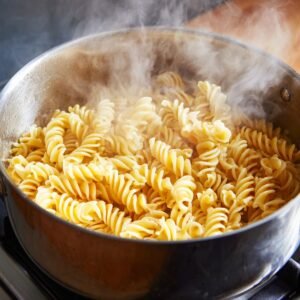
- Heat olive oil, sauté onion until soft, then add garlic briefly, making sure it does not burn.
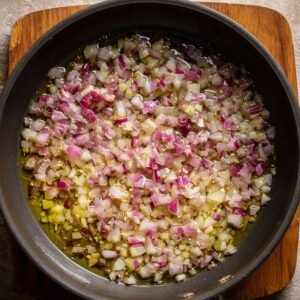
- Add peas with onion and garlic, pour in pasta water, return drained pasta, and toss everything together.
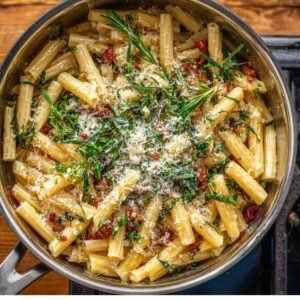
- Adjust with extra pasta water if dry, turn off heat, add Parmesan and herbs, and mix until creamy and smooth.
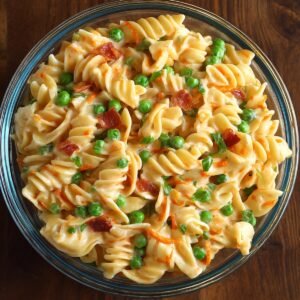


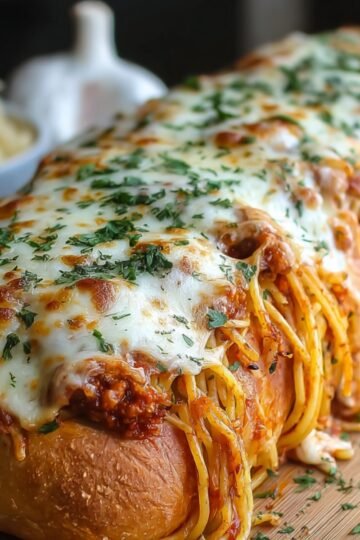
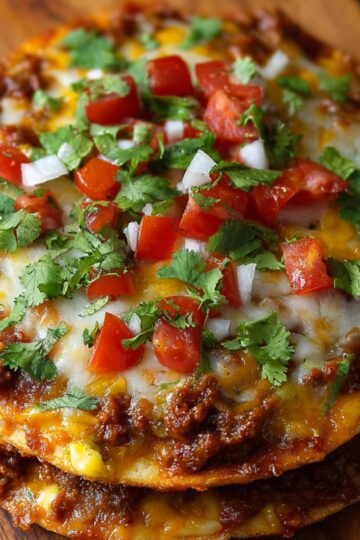
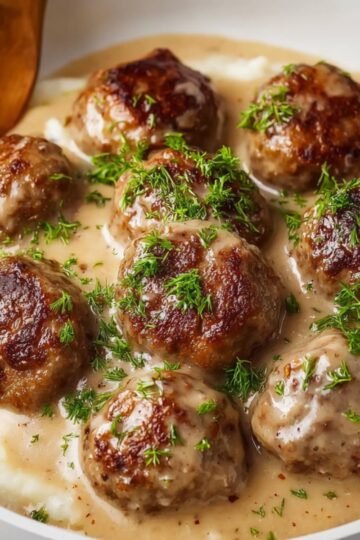
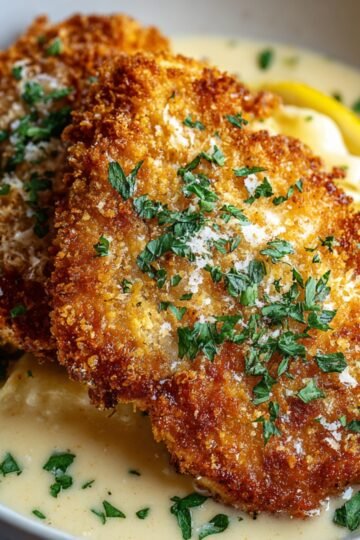
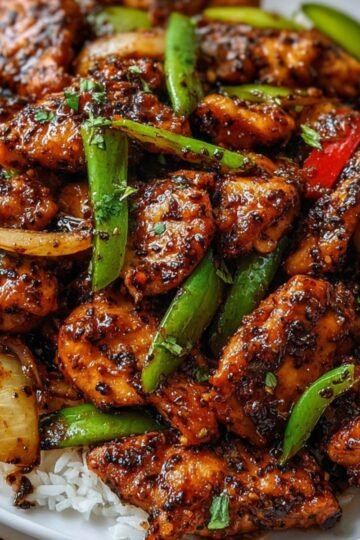
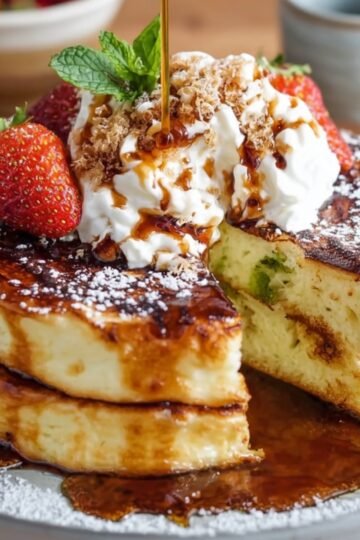

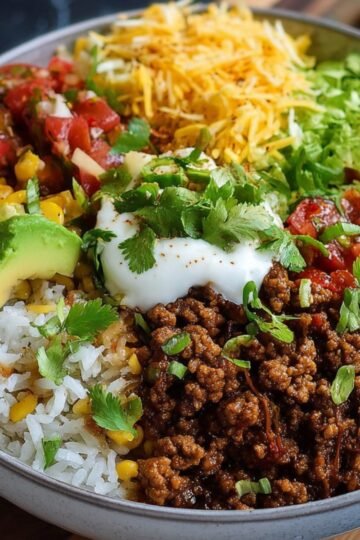
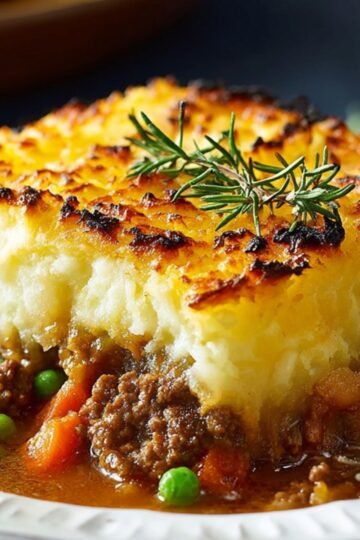
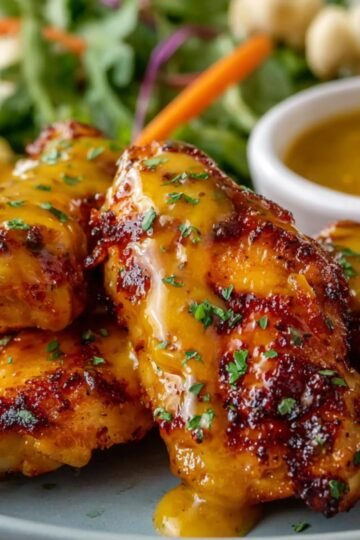
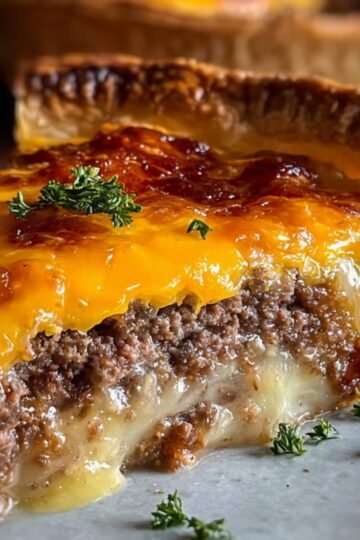
Leave a Reply